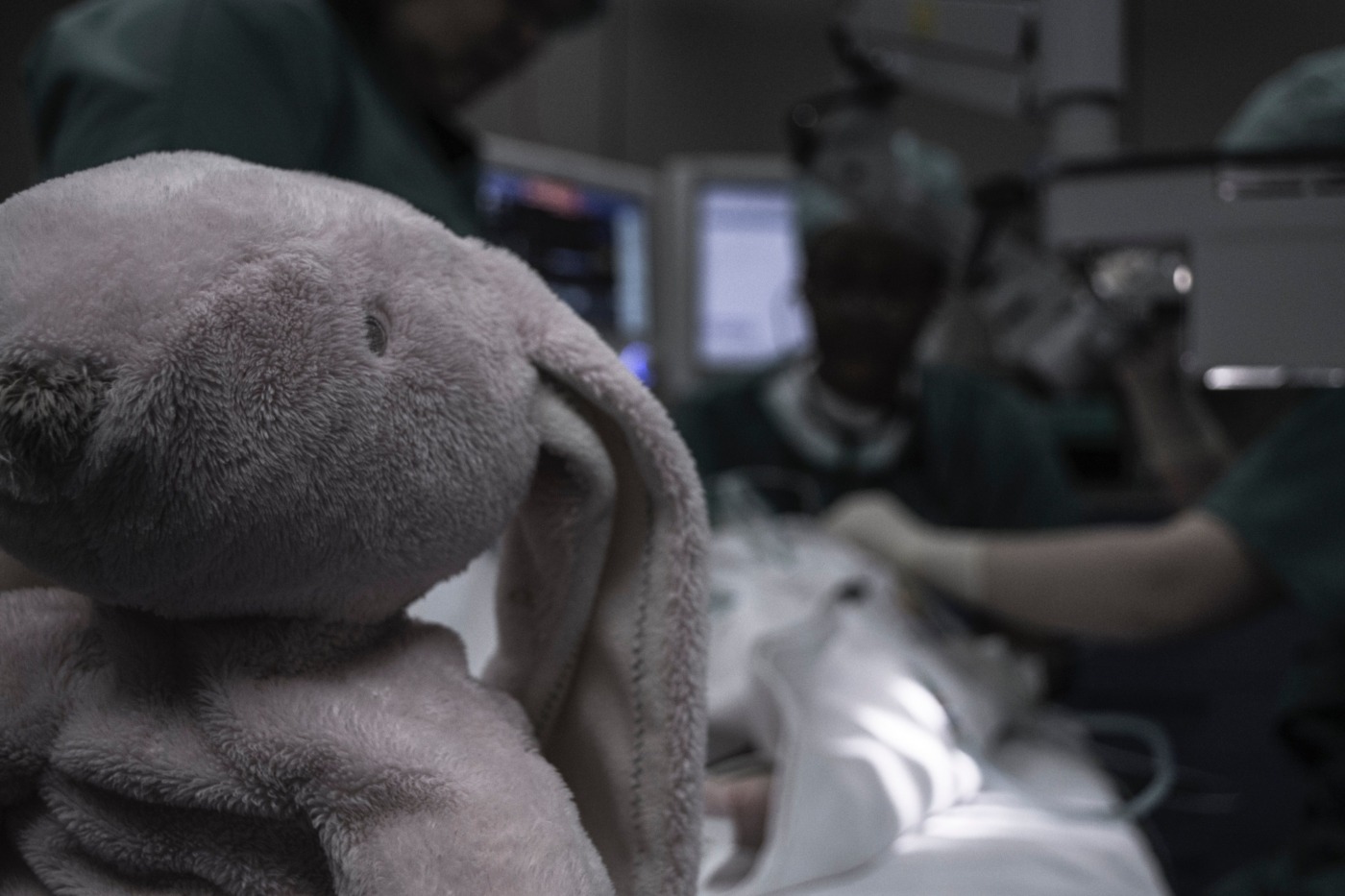Researchers turn skin cells into gametes
Research from Kyoto University in Japan has found a way to make sperm and egg cells from skin cells. The cutting-edge technique allows cells to be genetically “reset” and persuaded to become sex cells, otherwise known as gametes. The ability to create new life in a laboratory has always been controversial. However, many are hopeful that this new breakthrough is a major source of hope for those struggling to conceive.
With 2016 marking the birth of the 250,000th baby conceived by IVF, there is no doubt that the need for fertility treatments has never been higher. Yet, in spite of massive leaps forward in research, the success rate of IVF is still only 26%. For many, IVF is not a possibility at all due to problems with gamete production and survival. This new technique developed by Dr Mitinori Saitou and his team could allow new, healthy gametes to be made from the patient’s own body cells meaning that they are able to have children which are biologically theirs. Either sperm or eggs can be made from individuals regardless of their own biological sex, meaning there is potential that same-sex couples could have children which are genetically related to both parties.
In spite of massive leaps forward in research, the success rate of IVF is still only 26%
This technology has been in the making for a relatively long time. In 2007, Shinya Yananaka discovered that adult cells could be reprogrammed to become unspecialised stem cells which can then become any other cell type, by adding specific proteins known as ‘reprogramming factors’. These stem cells are known as induced pluripotent stem cells, or ‘iPSCs’. Other molecules called transcription factors can then be added to these cells to control the expression of certain genes in order for the cell to become specialised into a specific cell type, such as a liver cell or skin cell. Until recently, this technique could only be used to make primordial germ cells (PGC), a type of cell which lies upstream of eggs in the pathway to become gametes. The problem is that in order to become functioning reproductive cells they need to undergo a process called meiosis, during which the cell splits in half, halving its number of chromosomes from 46 to 23. This means the cell is then able to combine with another gamete to make an embryo with the full 46 chromosomes. Until now scientists had been unable to make PGCs divide by meiosis to form gametes. Last month, Dr Saitou and his team found a way to make this possible.
The team were able to take skin cells from a mouse, and transform them into iPSCs. They then added transcription factors to turn the cells into oogonia cells, which can be divided to form egg cells. By growing these cells with cells taken from a mouse ovary, they were able to make the cells divide and become fully functioning egg cells, capable of making healthy mouse embryos. In 2011, the team successfully created artificial mouse sperm cells, by transplanting PGCs into mouse testes to cause them to develop. Despite these promising results, it remains to be seen if these same techniques could work with human cells.
In order to become functioning reproductive cells they need to undergo a process called meiosis, during which the cell splits in half, halving its number of chromosomes from 46 to 23
Even though this technique has many excited about the new possibilities, some are concerned about the ethics of the process. Some speculate that if it is combined with genetic screening there is a risk people will use it to select “genetically elite” embryos. There is also a significant amount of risk associated with the potential use of this treatment in humans, which is unlikely to ever be eliminated by safeguarding. Additionally, there are some unsettling concerns of the result of the process, as it creates a possibility of a ‘uni-baby’ with both the sperm and the egg being created from the same person. This could result in a number of health risks for the baby. Cells can also be taken from a person of any age, meaning that reproduction would be possible before sexual maturity. Cells could also be easily obtained from an individual without consent and used to create an embryo. These are just a few examples of the many complex ethical concerns which need to be considered before this technique is applying clinically. However, scientists believe we have a long way to go before this is possible.
In the years to come, there is a potential for the creation of artificial gametes to put an end to the world’s fertility problems. But for now, people remain undecided whether this is an exciting leap forward or the start of a terrifying reproductive apocalypse.

Comments
Comments are closed here.